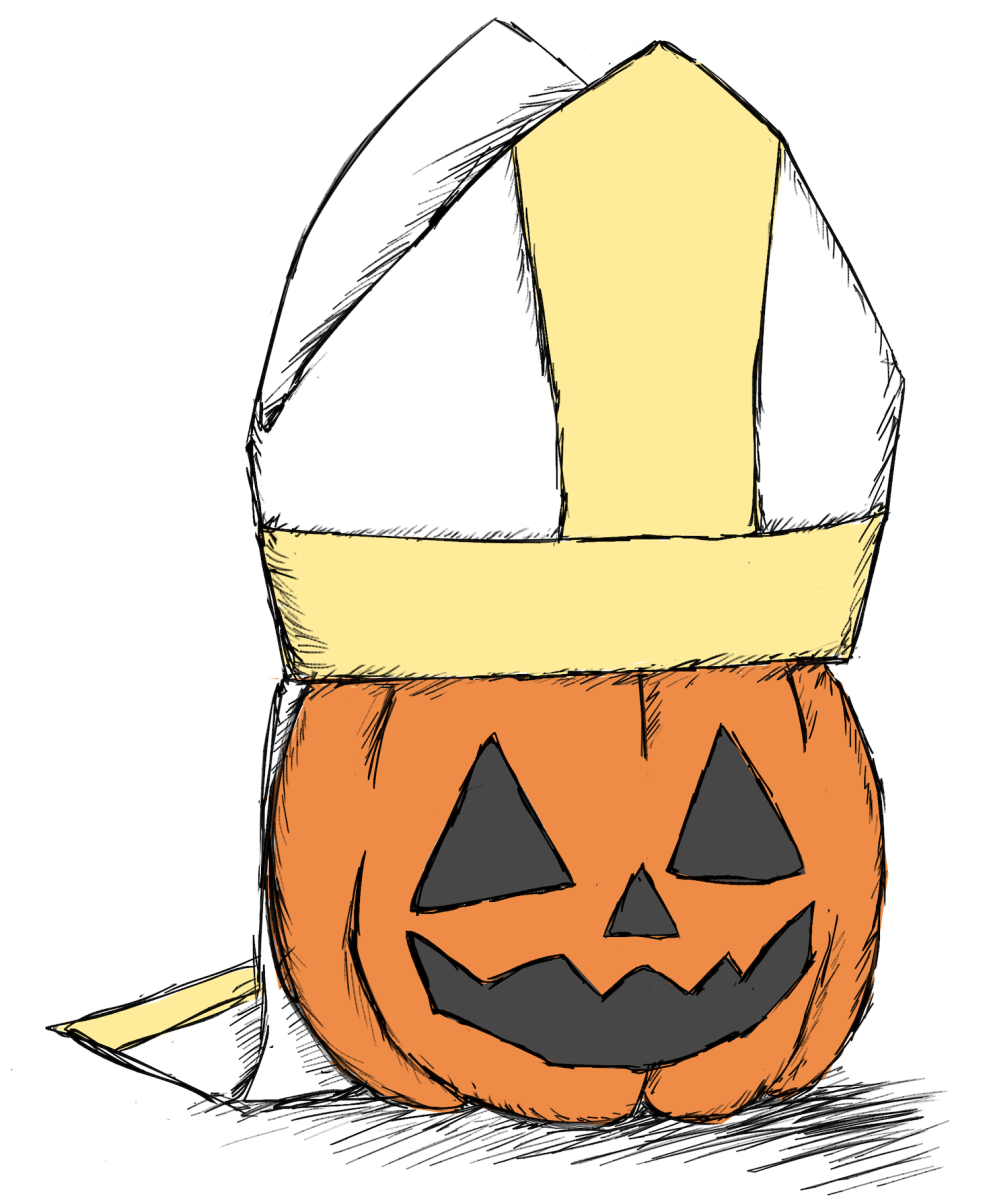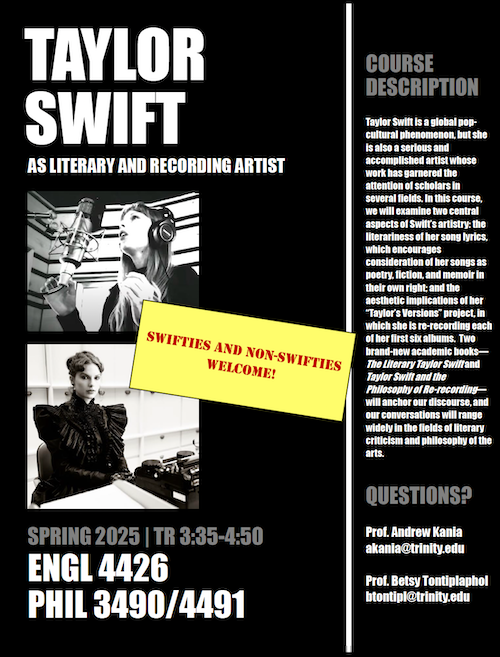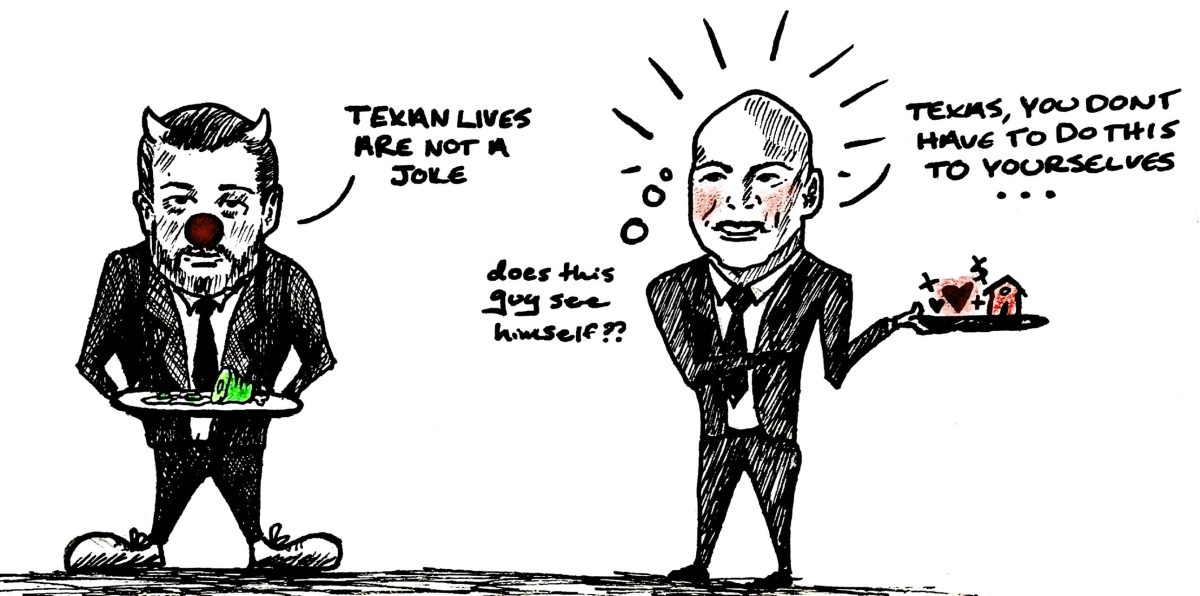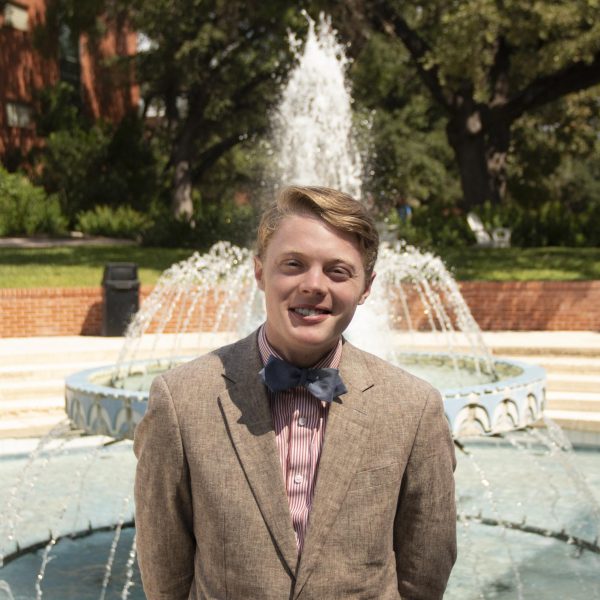For most readers, I imagine today is set apart only by its adjacency to yesterday’s festivities. For college students across the country, ‘the day after Halloween’ is a time of recovery, of lots of water and not so much solid food and, often, of dragging one’s groggier-than-usual self to dreaded early-morning classes. Although this year, Halloween’s situation within the ‘Halloweekend’ triduum makes the morning after less of a hard-fought finish line and more of a brief time-out, but the point stands.
Since at least A.D. 800, however, Christians have observed commemorations of the dead on Nov. 1, and since the mid-ninth century, the Vatican has officially recognized it as All Saints’ Day. I know what you’re thinking: ‘Does this guy seriously think I want a lecture on Catholic history?’ Yes, yes I do. That’s because I want something you probably do too: an extra day off.
Let’s start by getting that history lesson out of the way. The veneration of saints — those deceased believed to be in Heaven and capable of interceding on behalf of those still on Earth — has existed for as long as there are records of Christian practice. Since at least the fourth century, the Church has observed a feast celebrating all martyr saints, which over time expanded to include all saints. All Saints’ Day as we know it was codified in the ninth century by Pope Gregory VII, and it is this holiday that gave rise to All Hallows’ Eve, or Halloween, a preparatory vigil the night before.
Though the celebration of All Saints’ Day as such has declined significantly (at least in the United States), I maintain that Trinity University should give students a holiday on Nov. 1. In addition to recognizing that students are likely to be in a state of reduced academic productivity, the holiday would acknowledge a practice that remains an integral part of western cultural inheritance. Though not all Presbyterians have historically observed this practice, Trinity’s association with a Christian church nonetheless situates it even more squarely within the tradition.
All Saints’ Day has historically ranked among Easter and Christmas as one of the most important days of the liturgical year. One of the six days of the year (in addition to every Sunday) on which Catholics are obligated to attend Mass. Dispensing students from the requirement of class would not only help those observing the holiday but would allow all students to reflect on this hallowed tradition.
Many historically Christian cultures have their own associations with All Saints’ Day. The most prominent in San Antonio is Día de los Muertos, which some celebrate in coincidence with All Saints’ Day and which is marked by major celebrations in San Antonio. The holiday has also been traditionally observed in German and Italian communities, both pillars of the city’s history. Giving students the day off would not only allow those who already participate in this custom to do so more fully but would allow all students to engage in festivities they might otherwise miss because of classes.
On a more practical level, another day off would be a simple boost to students’ health during a notoriously stressful time in the semester. Hot on the heels of midterms and with the late-semester crunch looming, an early November holiday would give students (and professors) a much-needed opportunity to recharge. Even if you are not reading this on your way to Mass, I hope you will agree with me that such an opportunity would be greatly appreciated.









